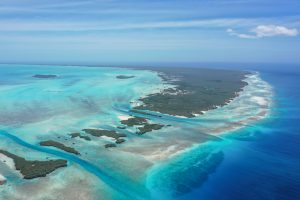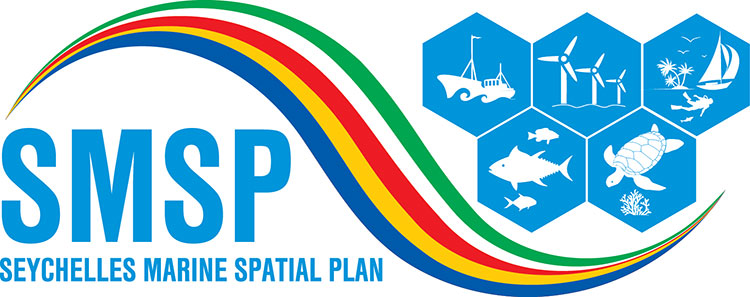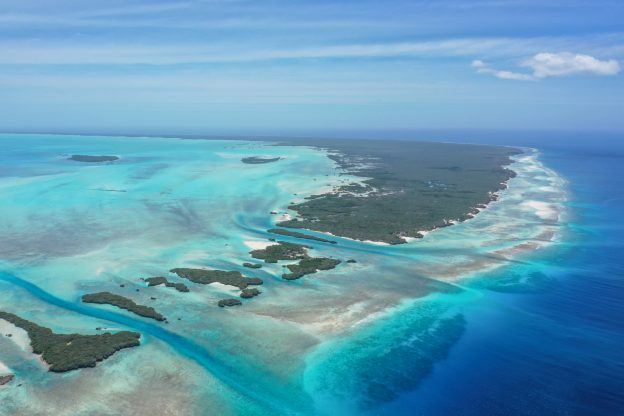Despite being scattered across more than a million square kilometres, new research has revealed that remote coral reefs across the Seychelles are closely related. Using genetic analyses and oceanographic modelling, researchers at Oxford University demonstrated for the first time that a network of ocean currents scatter significant numbers of larvae between these distant islands, acting as a ‘coral superhighway.’ These results have been published today in Nature Scientific Reports.
This SeyCCAT-funded project under Seychelles Islands Foundation (SIF) showed high levels of connectivity across the Indian Ocean. Dr April Burt (Department of Biology, University of Oxford, and Seychelles Islands Foundation), lead author of the study, said: ‘This discovery is very important because a key factor in coral reef recovery is larval supply. Although corals have declined alarmingly across the world due to climate change and a number of other factors, actions can be taken at local and national scale to improve reef health and resilience. These actions can be more effective when we better understand the connectivity between coral reefs by, for instance, prioritising conservation efforts around coral reefs that act as major larval sources to support regional reef resilience.’
For the University of Oxford Press Release – read more here!

Aerial view of Aldabra atoll, Seychelles (Photo: Chris Mason-Parker).

